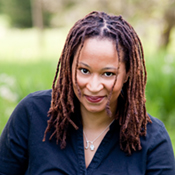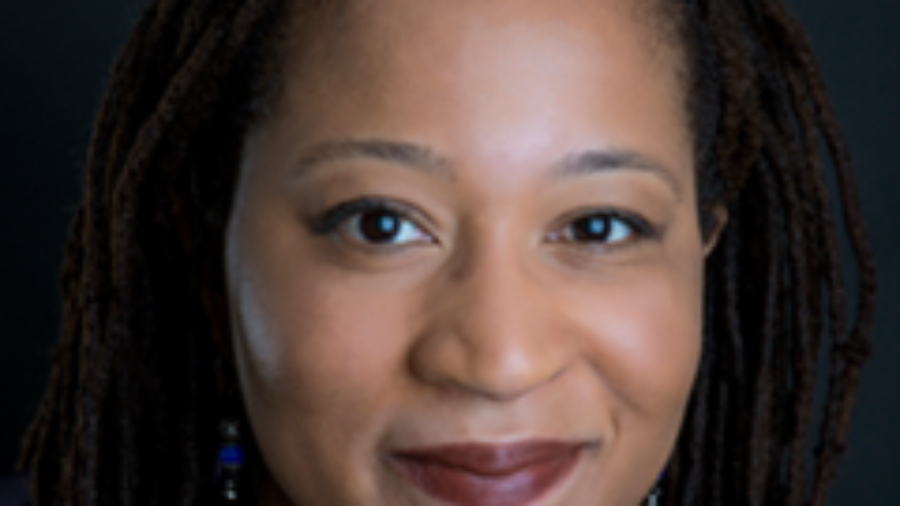

What I gather is that Townsend is an unbelievably patient writer. “Takes me two months to make seventy-five dollars,” her mother says, eventually agreeing to send her daughter away to the big city. Although they both have big dreams, it isn’t until a talent scout, who her family figures for a “ New York hustler,” hears Audrey play piano and offers her an opportunity to come to New York City and make $75 a week that Audrey gets out. Unfortunately, a family member’s premonition comes true, and he is killed - just another poor man who dies in a war that rich men would start but never dare fight in.Īudrey and Caroline seem destined to get stuck in their small town forever. Bill will help him get through college “with five hundred dollars a year to spare,” and eventually help him become a doctor. When the army comes calling, looking for recruits for the Korean War, Audrey’s father sees an opening, believing that the G.I.

Townshend paints it colorfully, as a place where “the wind blows down from the mountain and starts to wear warm again on people’s bare arms” and a freak spring blizzard leaves “a covering of inches such that the strongest tulips find themselves peeking out of ice.” It’s also a place that offers few opportunities for its black residents, and where violence is always a possibility. Through the two girls eyes’, we see their Kentucky hometown. These are all difficult tricks to pull off, but Townsend executes them effortlessly. What’s more, she shifts the story’s setting back and forth between the Jim Crow-era South and Harlem.

She writes from both Audrey’s and Caroline’s point of view, and the book is set in the late 1950s. For her debut novel, Saint Monkey, Jacinda Townsend has done both of them. One is a setting in a period of American history that’s more than 50 years in the past the other is a story told from the point of view of two or more narrators. Two things tend to worry me in novels by authors I’ve never read before.


 0 kommentar(er)
0 kommentar(er)
